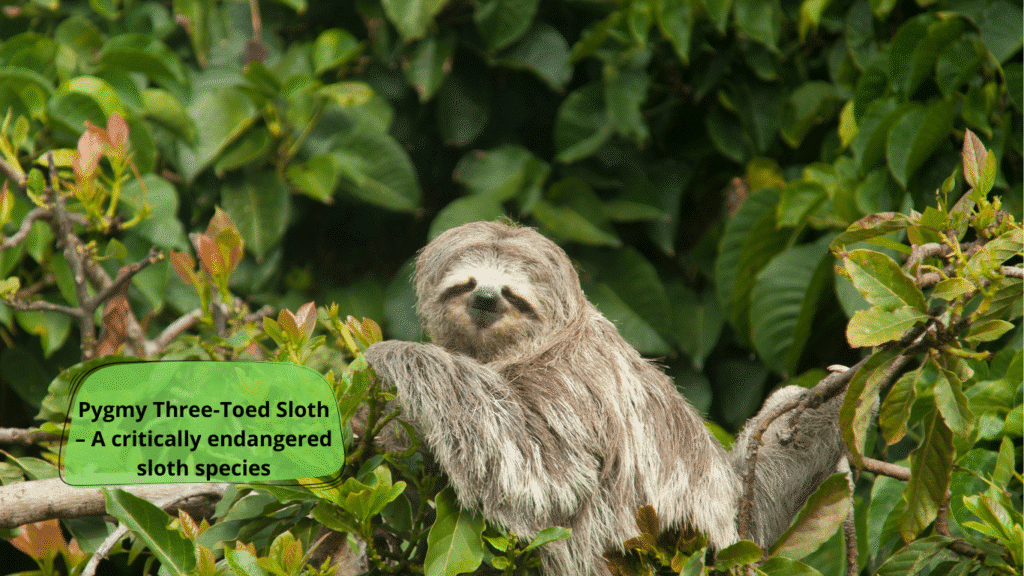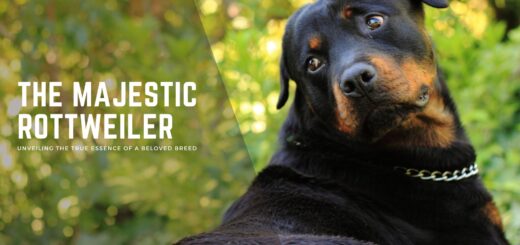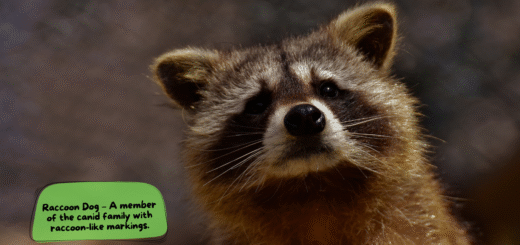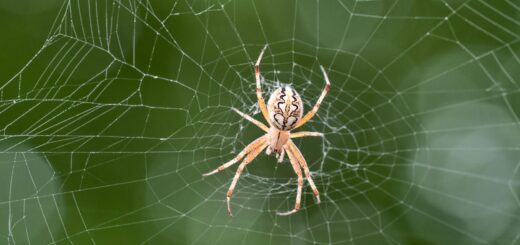Pygmy Three-Toed Sloth: The World’s Rarest and Cutest Sloth
The Pygmy Three-Toed Sloth (Bradypus pygmaeus) is a fascinating, critically endangered species found only in one tiny part of the world. Smaller, slower, and even more charming than its mainland relatives, this sloth has captured the hearts of conservationists and wildlife lovers across the globe.

Where Do Pygmy Three-Toed Sloths Live?
This miniature sloth is endemic to Isla Escudo de Veraguas, a remote island off the Caribbean coast of Panama. Measuring only about half the size of its larger cousins, the Pygmy Three-Toed Sloth spends most of its time in the treetops of the tropical rainforest, where it feeds on leaves and moves slowly through the branches. Due to the limited geographic range of the species, it is one of the most endangered mammals in the world, with an estimated population of fewer than 100 individuals.
Physical Characteristics
As the name suggests, the Pygmy Three-Toed Sloth has three toes on each of its limbs, which it uses for gripping tree branches. These sloths have long, curved claws that help them stay firmly attached to the trees, even while sleeping or feeding. They are covered in a thick layer of fur, which is home to algae and other microorganisms, providing them with a natural camouflage against predators.
The Pygmy Three-Toed Sloth is significantly smaller than the common three-toed sloth. On average, it weighs between 2.5 to 3.5 kilograms (5.5 to 7.7 pounds) and measures around 50 to 60 cm (20 to 24 inches) in length, not including its tail. Despite their small size, they are still incredibly slow movers, often taking several hours to travel a short distance through the trees.
Behavior and Diet
The Pygmy Three-Toed Sloth is known for its slow and deliberate movements, a characteristic that is typical of all sloths. They are herbivores, feeding primarily on leaves, fruits, and flowers. Their slow metabolism allows them to survive on a low-energy diet, but it also contributes to their slow pace of life.
These sloths are solitary animals, and they typically spend most of their lives alone, only coming together to mate. They have a slow reproductive rate, with females giving birth to a single offspring every two years. This, combined with their small population size and limited habitat, makes their conservation even more challenging.
Conservation Status
The Pygmy Three-Toed Sloth is currently classified as Critically Endangered by the International Union for Conservation of Nature (IUCN). Habitat destruction, especially from deforestation, poses the greatest threat to the species’ survival. As human activity continues to encroach on Isla Escudo de Veraguas, the sloths’ natural environment is rapidly disappearing.
In addition to habitat loss, these sloths face threats from hunting, climate change, and the introduction of non-native predators to their island home. Conservation efforts are underway to protect the remaining population, including habitat restoration and legal protection for the island. However, due to their small numbers and isolated location, it is crucial that these efforts are expanded to ensure the survival of the species.
Why Are Pygmy Three-Toed Sloths Important?
Beyond their undeniable cuteness, Pygmy Three-Toed Sloths play a crucial role in maintaining the health of their ecosystem. As slow-moving herbivores, they help maintain the balance of plant life by feeding on leaves and allowing new plant growth. Additionally, their fur provides a home for algae, insects, and other small organisms, contributing to biodiversity in the rainforest.
Conclusion
The Pygmy Three-Toed Sloth is one of the most unique and endangered animals on Earth. Its charming appearance, slow lifestyle, and critical conservation status make it a symbol of the delicate balance of nature and the importance of protecting our planet’s most vulnerable species. With continued conservation efforts and global awareness, there is hope for the survival of this tiny and extraordinary creature.
If you want to help protect the Pygmy Three-Toed Sloth, consider supporting wildlife conservation organizations that work to preserve their habitat and advocate for stricter protection laws for Isla Escudo de Veraguas. Together, we can ensure that future generations will be able to admire this rare and adorable sloth in the wild.








